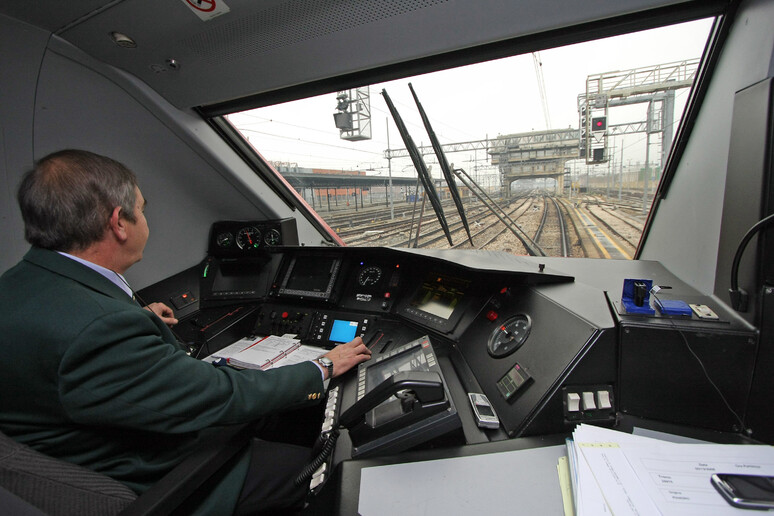The Milan-Bologna high-speed rail link has made an important contribution to halting the brain drain and helping the creative industry develop in the corridor between the two cities, especially in the provinces of Moderna and Reggio Emilia, according to initial results of a new study.
The 'Imagine' study was conducted as part of the ESPON programme that specializes in the analysis of EU regional policies.
The urban area along the Milan-Bologna corridor is at the centre of what is considered a new industrial triangle (with Padua at the top) that makes it unique in Europe for various reasons, Valeria Fedeli, an urban planning and policies lecturer at Milan Polytechnic (Politecnico di Milano) and the study's coordinator, told ANSA.
"This area includes large and medium-sized cities of great economic power, industrial zones that are very close to each other and served by a corridor that is connected in part to Europe," added Fedeli, The opening of the Milan-Bologna high-speed rail line had several effects that were analysed by the researchers, going from the transformation of transport to the strengthening of the logistics sector.
There has also been growth of creative industries, innovative SMEs and start-ups.
"The high-speed rail link reduced distances and enabled cities such as Bologna and Reggio Emilia to hold on to talent and company headquarters," said Ilaria Mariotti, a lecturer in regional economics at Milan Polytechnic.
This phenomenon was observed in particular in the provinces of Modena and Reggio Emilia.
"Knowledge workers need face-to-face contact for the creation of innovation," added Mariotti .
"The high-speed line enables them to go in a day to Milan, where many national and multinational companies have offices, to meet clients and suppliers, while they continue to live in cities such as Bologna and Reggio Emilia, where the quality of life is higher and the cost of living is lower".
These dynamics are even more important in a time of pandemic.
"Companies are investing in local branches to come closer to the worker's residence," said the lecturer.
"This makes areas such as train stations sought-after areas for co-working and, more generally, for hybrid spaces that can host work meetings".
ALL RIGHTS RESERVED © Copyright ANSA











